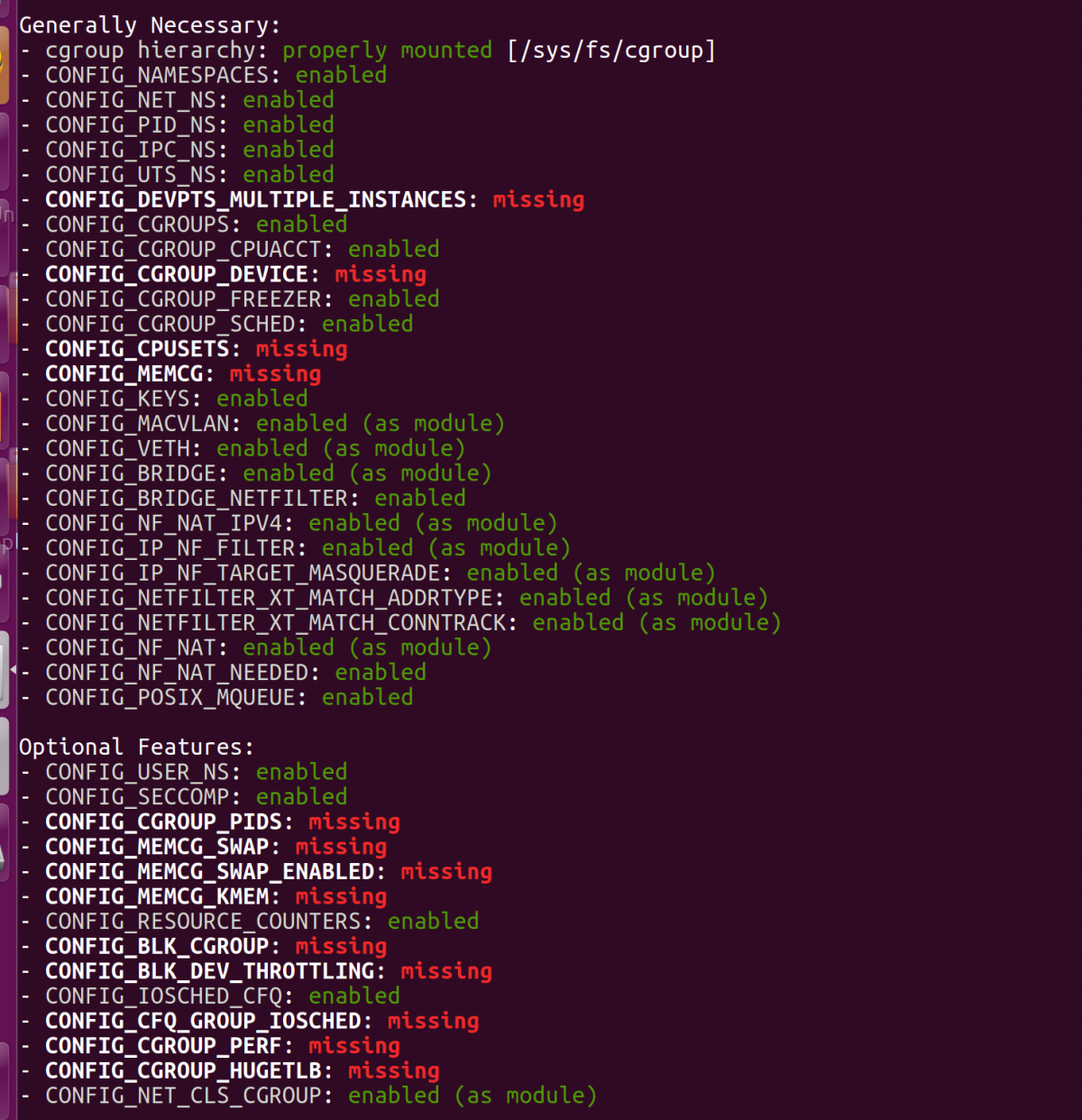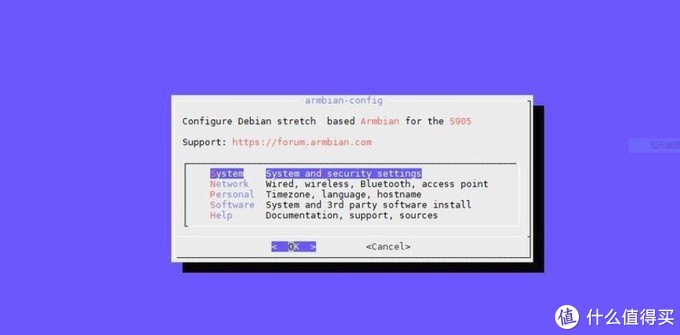Inside the Docker Image, openHAB is installed to /openhab. The install is a manual installation so all of the files are located here. This is also set as the home directory of the openhab user. The Image has a very minimal installation of Linux with no services running and just enough installed to allow openHAB to run. # Installation through Docker. 2020-11-12: OS Great new OS for RockPi4C, AKA Armbian-Reforged 2020-10-07: New Android 10 image for ROCK Pi 4A/B/C is released, you can now install Android on USB disks. 2020-09-28: Build Yocto for radxa boards.
 Supported
SupportedArmbian Docker Install Ubuntu
Armbian Focal
mainline based kernel 5.10.y
 Server or light desktop usage scenarios.
Server or light desktop usage scenarios.Armbian Buster
mainline based kernel 5.10.y
Server or light desktop usage scenarios.Specifications
* Specifications differ from hardware revision, model and software support level
FAQs
We provide CLI (command line interface) images first. If the software is stable enough we add the option to upgrade to XFCE desktop. The Build-System relies on Debian and Ubuntu. The availability of different images may vary, most of the time because of driver restriction. Sometimes we provide only testing images.
All images can be built from sources at any time and in rare cases, where you can’t find an image which you need, you can build one.
Preparation
Make sure you have a good & reliable SD card and a proper power supply. Archives can be uncompressed with 7-Zip on Windows, Keka on OS X and 7z on Linux (apt-get install p7zip-full). RAW images can be written with Etcher (all OS). Where images are compressed with .xz you can wrtite them to the SD card with Etcher directly.
Boot
Insert the SD card into the slot, connect a cable to your network if possible or a display and power your board. (First) boot (with DHCP) takes up to 35 seconds with a class 10 SD Card.
Login
Log in as: root Password: 1234. Then you are prompted to change this password (US-Keyboard setting). When done, you are asked to create a normal user-account for your everyday tasks.
SUPPORTED devices are tested and they work apart from known issues and missing features. Support is provided as far as possible (in general there is no support for 3rd party hardware like DVB tuners and software like Kodi). Please check the documentation and existing forum posts before posting a question. Questions on private channels are ignored.
SUITABLE FOR TESTING (WIP) are devices which we’re currently working on but they are not ready! These images are suitable for developers and experienced users. They are not very well tested but they might work without any problems. Your help to improve this situation is greatly appreciated.
SUPPORT ENDED (EOS) status are devices which used to be supported in the past. Reasons for moving to this section:
- no active software development (mainline u-boot and kernel)
- no support from the vendor (hardware samples, documentation, software packages)
- never was sold, only samples in small quantities were available
- hardware design flaws don’t allow using these devices without stability issues
Support status:
- images are stable but we don’t test updating,
- images are provided with no support,
- most images have frozen kernel and u-boot packages to prevent their upgrades.
NO OFFICIAL SUPPORT (CSC) are devices which are supported by the 3rd party. We usually don’t have hardware samples nor conduct any tests but they might work. There is no support whatsoever.
Each supported Armbian image can be made from scratch – from latest kernel and u-boot sources, updated upstream packages and our most recent bug fixes and improvements. Supported build environment for SDK is Ubuntu Bionic 18.04 x64 but you can run it containerised virtually on any X64 based Linux distribution under Docker. You can re-make live bootable image or just a kernel+dtb(hardware configuration) package which you transfer to your image and install with: dpkg -i linux-image-[branch]-family.deb linux-dtb-[branch]-family.deb. In that process you can enforce many customization. To the kernel or user space. Read more.
Tested 3rd party hardware
Network printer
Laserjet M252600 dpi
DVB tuner
S960 V2USB2.0

4G via USB-A
Huawei ME909s150d/50u Mbps
HDMI display
 Iiyama Prolite
Iiyama Prolite1920x1080 touch
UART
CH340GUSB2.0
USB Bluetooth
CSRUSB2.0 / v4.0
USB Ethernet
AX88772AUSB 2.0 / 100Mbps
USB WiFi AC
8811auDocker Install Windows
USB2.0 / 433Mbps
USB WiFi AC
8814AUUSB3.0 / 1300Mbps
USB WiFi AC
MT7610USB2.0 / 433Mbps
USB WiFi
RTL8188EUSUSB2.0 / 150Mbps
USB WiFi AC
RTL88x2BUUSB2.0 / 867Mbps
Recommended download
Builds were tested for booting and basic operations.| Variant | EU | USA | Asia | Torrent | User space | Kernel | Integrity check | Size | Last modified | |
| Buster | stable | 5.10.y | SHA | ASC | 322M | Mar 9 2021 | ||||
| Buster xfce desktop | stable | 5.10.y | SHA | ASC | 579M | Mar 9 2021 | ||||
| Focal | stable | 5.10.y | SHA | ASC | 254M | Mar 9 2021 | ||||
| Focal xfce desktop | stable | 5.10.y | SHA | ASC | 500M | Mar 9 2021 | ||||
Test builds
Builds were made automatically from the trunk with unknown support status. Use at your own risk!| Variant | Global | China | Torrent | User space | Kernel | Integrity check | Size | Last modified | |
| Hirsute | n/a | n/a | unstable | 5.11.9 | SHA | ASC | 253M | Mar 26 2021 | |
